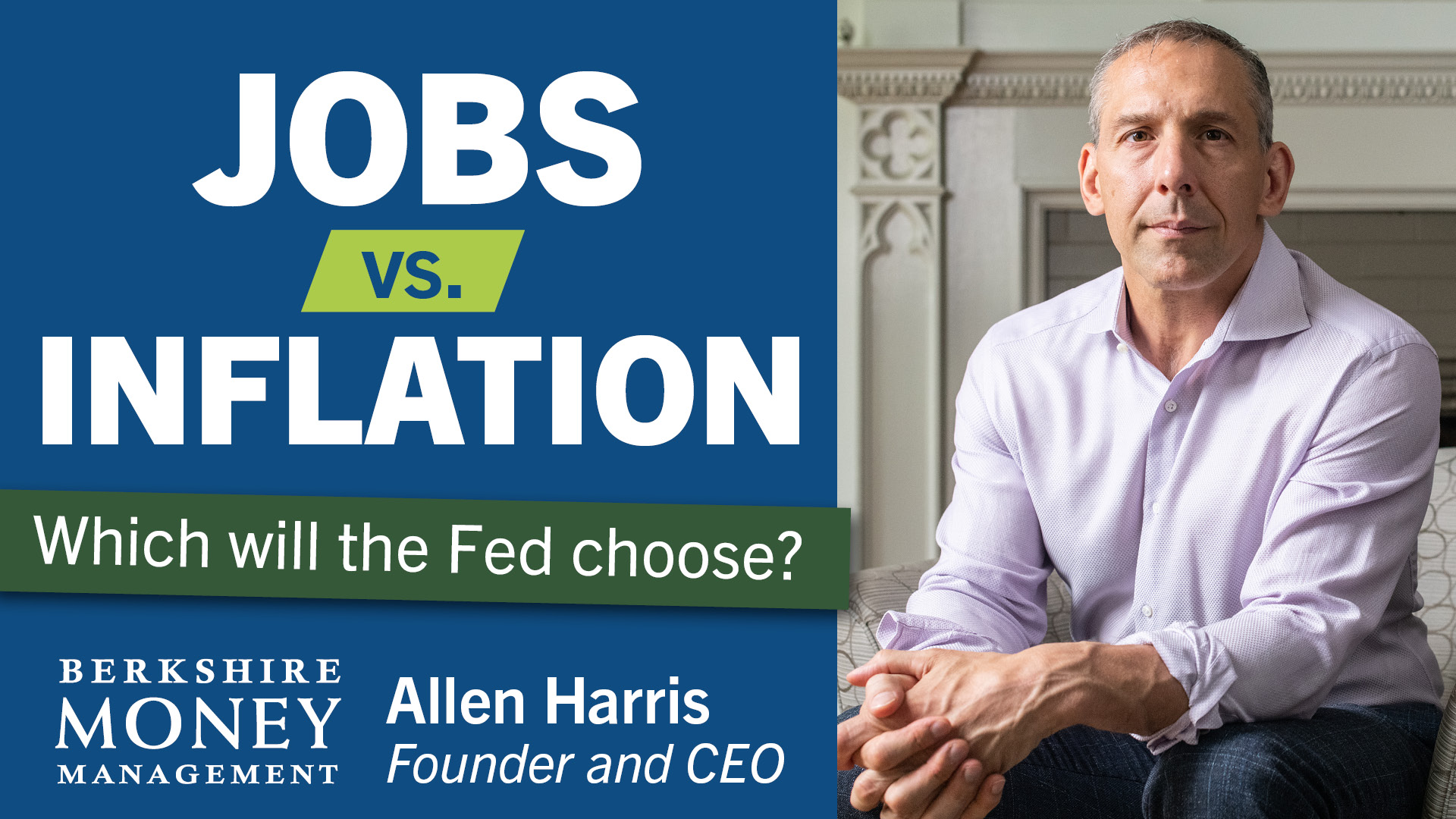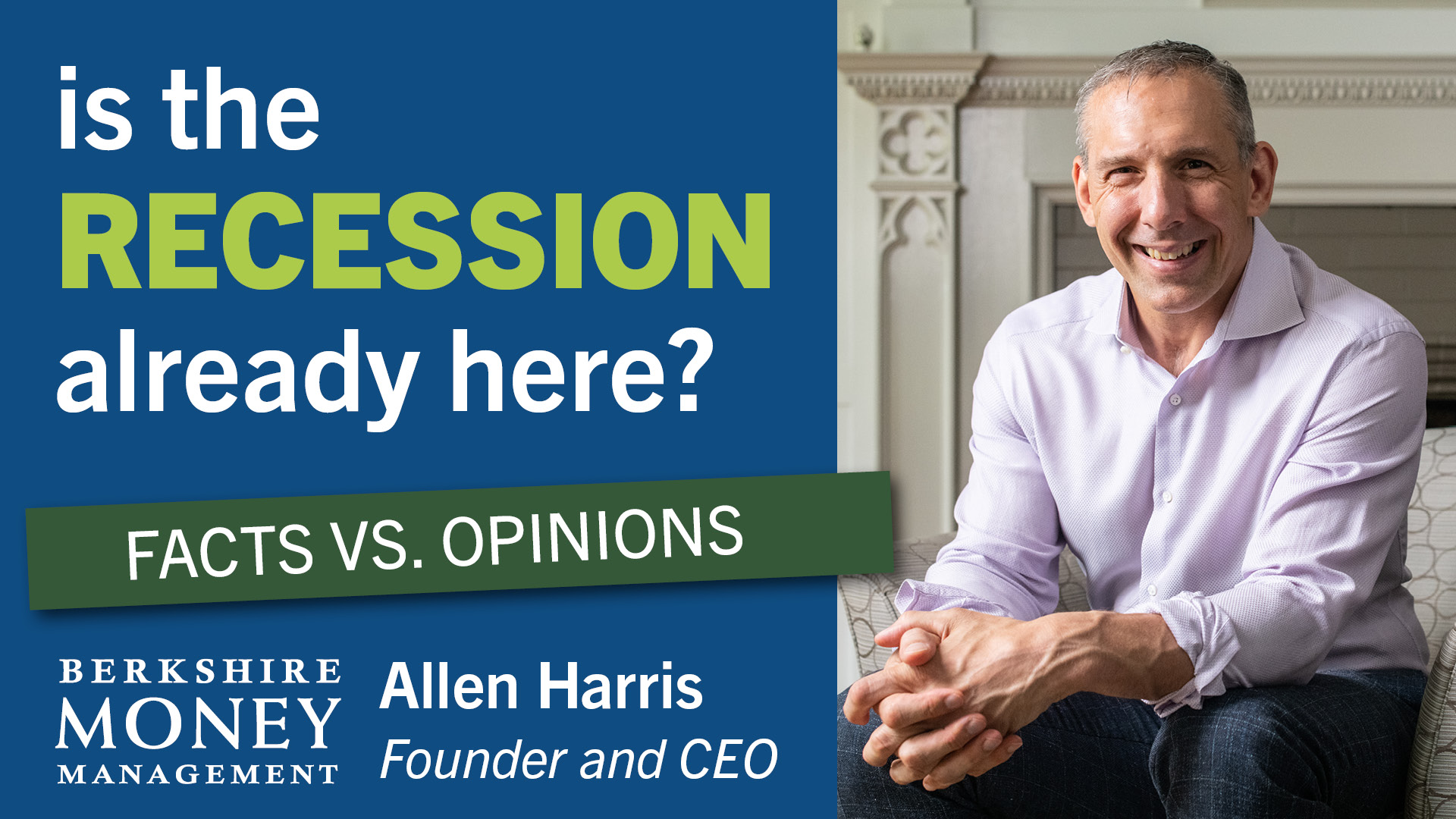The biggest problem for small businesses is no longer the labor shortage


The biggest problem facing small business owners is no longer the labor shortage — it’s inflation. That is according to a December 2021 survey release by the NFIB Research Foundation. Shortly after the release of this survey, inflation clocked in at 7 percent over the past year, the highest measure of the Consumer Price Index (CPI) since 1982.
In reaction to this problem, I suspect that the Federal Reserve will combat higher prices of goods and services. Up until now, the Fed has been comfortable letting inflation run above its target of two percent.
A month ago, I predicted “at least two rate hikes by the Fed in 2022.” The baseline scenario is two rate hikes, but the risk has increased that the Fed will raise rates three or four times instead. America’s economy is dynamic enough to absorb that. However, investors buy stocks based on earnings projections. A company’s stock price is a function of future cash flows discounted by some interest rate — the higher the interest rate, the lower the worth. Interest rates are a capital cost.
Stocks of fast-growing companies, including some with low or no earnings, have traded at premium valuations with interest rates so low and trending lower. When interest rates drift higher, even from low levels, those premium valuations can become more pedestrian.
Inflation is a problem. A standard tool to fix inflation is higher interest rates. Growth stocks are sensitive to higher interest rates. Allow me to be more nuanced than that. Growth stocks can perform excellently when interest rates are high. However, the speed of rate movements can impact stock prices. Sharp and sudden changes can have a significant impact. It would be prudent to be prepared for a Fed that wants to combat inflation.
I don’t want to try and be too precise as to when rate hikes may start, but the CME FedWatch tool projects a 71-percent probability of a hike at the Fed’s March 2022 meeting.
Gandalf was right (and some portfolio changes)
In April 2021, I noted the Gandalf quote, “So it begins.” (Yes, I am a total nerd. And, yes, I own the “Lord of the Rings” editions of the Monopoly and Trivial Pursuit board games.)
Gandalf was referencing the start of the Battle at Helm’s Deep. I was referring to: “The great rotation of our time? Investors leaving growth stocks and flocking to value stocks. Or so it seems (for probably about the twentieth time in the last decade).”
In that column, I offered: “In a few tiny spaces, I shifted some large-cap growth broadly and technology stocks specifically into large-cap value stocks. I also placed some of the proceeds into high-yielding corporate bonds (aka junk bonds).”
Since April 2021, some metrics (like “beta” or “standard deviation” or even simple diversification) might suggest that the risk profile of my portfolios was reduced. But, like I said, I made those moves “in some tiny spaces,” so it wasn’t that big of a deal. I prefer to make a series of small steps in anticipation instead of being forced to make big moves in reaction.
Since that move, in terms of performance, growth outpaced value broadly. However, over the last six months, some value indices have been outperforming growth (as of my writing this column). That trend of value outpacing growth broadly has accelerated throughout the last month.
With the possibility of interest rates rising in 2022, I felt it appropriate to make some more rotations from growth to value. To give some scope as to the size, we’re talking about an allocation shift of about 5-7 percent. Despite these shifts, I remain reasonably heavily invested in growth equities.
There are two other trades I want to reveal. Fortunately, for 2021, my most prominent bond positions (for my more conservative allocations) were in junk bonds and Treasury inflation-protected securities.
However, I held some short-term, investment-grade corporate bonds in accounts where volatility was a bit of a no-no. With the outlook for higher interest rates in 2022, I see the need to change those allocations.
I reduced exposure to investment-grade bonds. Those allocations are intended for the most conservative portfolios. I don’t want to hold too much cash with high inflation eating into its purchasing power. That part of the portfolio isn’t meant to be exposed to the volatility risk of equities. So, I switched to a Buffer ETF.
I wrote about Buffer ETFs in April 2021. I explained that buffer funds allowed “for both protection on the downside and being able to participate on the upside. But that upside is capped.” I switched from those bonds to the Innovator U.S. Equity Buffer ETF (symbol: BJAN). As interest rates threaten to increase, Buffer ETFs will likely replace more and more of specific bond allocations.
Conversely, for my most aggressive portfolios, I invested in the Financial Select Sector SPDR ETF (symbol: XLF). Most of the primary drivers of earnings for financial companies continue to trend positively — employment and economic optimism continue to improve, and net loan charge-offs remain under control. Investors in growth companies are rightfully fretting about the possibility of higher interest rates. However, many financial companies stand to benefit from higher, longer-term interest rates because it improves their margins.
Allen Harris is the owner of Berkshire Money Management in Dalton, Mass., managing investments of more than $700 million. Unless specifically identified as original research or data-gathering, some or all of the data cited is attributable to third-party sources. Unless stated otherwise, any mention of specific securities or investments is for illustrative purposes only. Adviser’s clients may or may not hold the securities discussed in their portfolios. Adviser makes no representations that any of the securities discussed have been or will be profitable. Full disclosures. Direct inquiries: [email protected].
This column originally appeared in The Berkshire Edge on January 17, 2022.
Allen is the CEO and Chief Investment Officer at Berkshire Money Management and the author of Don’t Run Out of Money in Retirement: How to Increase Income, Reduce Taxes, and Keep More of What is Yours. Over the years, he has helped hundreds of families achieve their “why” in good times and bad.
As a Certified Exit Planning Advisor, Certified Value Builder, Certified Value Growth Advisor, and Certified Business Valuation Specialist, Allen guides business owners through the process of growing and selling or transferring their established companies. Allen writes about business strategy in the Berkshire Eagle and at 10001hours.com.






